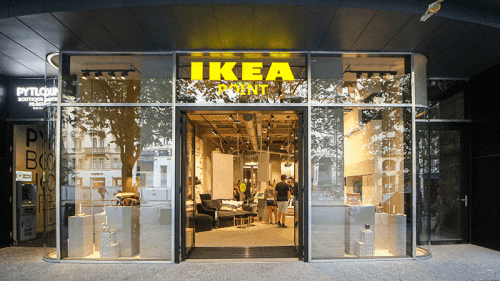Typically, comparisons of metropolitan affordability or cost of living solely focus on costs. That is, how much lower than the national average it costs a resident to buy a house, stock the refrigerator with groceries and commute to work. Recently, though, veteran demographer Wendell Cox developed a way to incorporate income in a cost-of-living comparison, to establish the real value of money in a particular place. He called this “purchasing power parity,” and it evaluates higher income-higher cost locales on the East and West coasts with lower income-lower cost places in between.
This poses an interesting question: Is it more affordable to live in San Francisco, where higher incomes may offset a higher cost of living, or in St. Louis, one of the country’s lowest-cost metros but with generally lower incomes? Cox’s answer, surprisingly, was San Francisco. Cox recently published his ranking of the most affordable U.S. metros combining per-capita incomes with cost of living.
Among the 10 major metros with the lowest cost of living, only four made Cox’s Top 10 metros with the best purchasing power. Topping Cox’s list were Washington D.C. and San Francisco. In D.C., for instance, a per-capita income of $56,000 falls to almost $48,000 once the high cost of living is factored in, but that $48,000 is still higher than any other metro.
Here is Cox’s top 10 major metros in terms of purchasing power:
Rank | Metros over 1 million population | 2009 per capita income adjusted for cost of living | 2009 per capita income unadjusted |
1 | Washington D.C. | $47,780 | $56,442 |
2 | San Francisco – Oakland | $47,462 | $59,696 |
3 | Denver | $46,172 | $45,982 |
4 | Minneapolis – St. Paul | $45,772 | $45,750 |
5 | Boston | $45,707 | $53,713 |
6 | St. Louis | $45,288 | $40,342 |
7 | Baltimore | $44,908 | $47,962 |
8 | Pittsburgh | $44,848 | $42,216 |
9 | Kansas City | $43,862 | $39,619 |
10 | Seattle | $43,730 | $48,976 |
(Source: NewGeography.com.)




